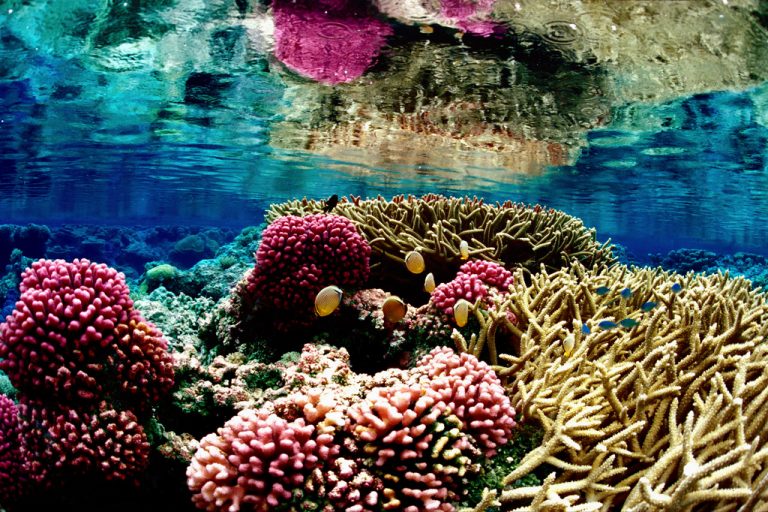Extreme weather, campaigning honeybees and tracking whale sharks
This post contributed by Molly Taylor, ESA Science Writing Intern. Extreme weather: The rare multi-vortex that hit Joplin, Missouri on May 22 has claimed more than 100 lives and destroyed countless homes and buildings. Unfortunately, this is not the only natural disaster to devastate the U.S. this year. According to a recent Washington Post article, this storm season is turning…

